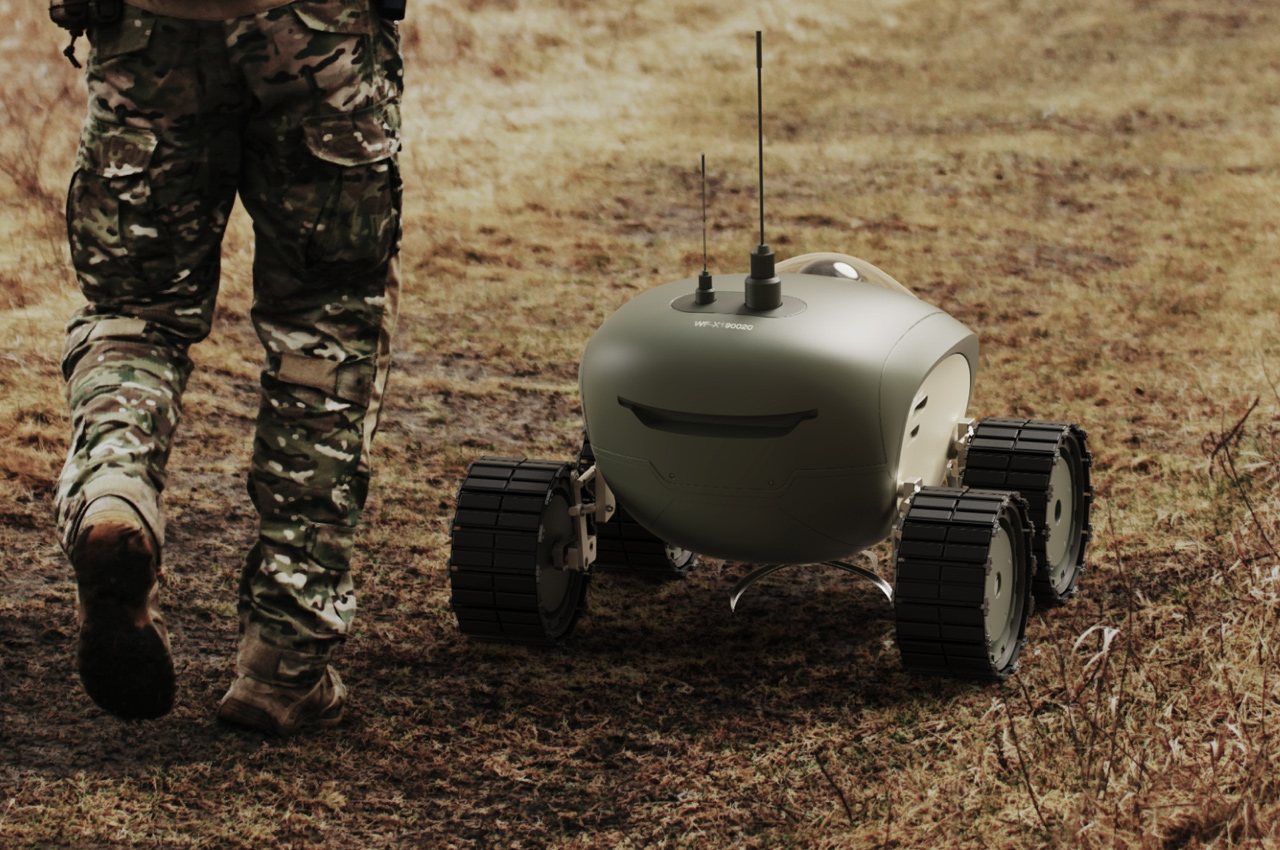
Wars bring with them massive destruction on the battlefield but the implications beyond wartime can be equally devastating in terms of mental, psychological and physical damage. The ongoing strangling in two of the most important regions in the world is a clear example of how conflicts can have devastating aftermaths. Land mines have long been one of the worst nemesis of post-war calamities, rendering fertile lands too risky to be cultivated.
Searching for these fatal buried hazards can be an arduous task even for the most potent military units and that’s where robotic land mine detectors make the task easier. This takes all the risk of human life away and also ensures the particular area of land is safely ridden of destructive land mines laid down by battling units in the past.
Designer: Subin Kim and JiHoon Park
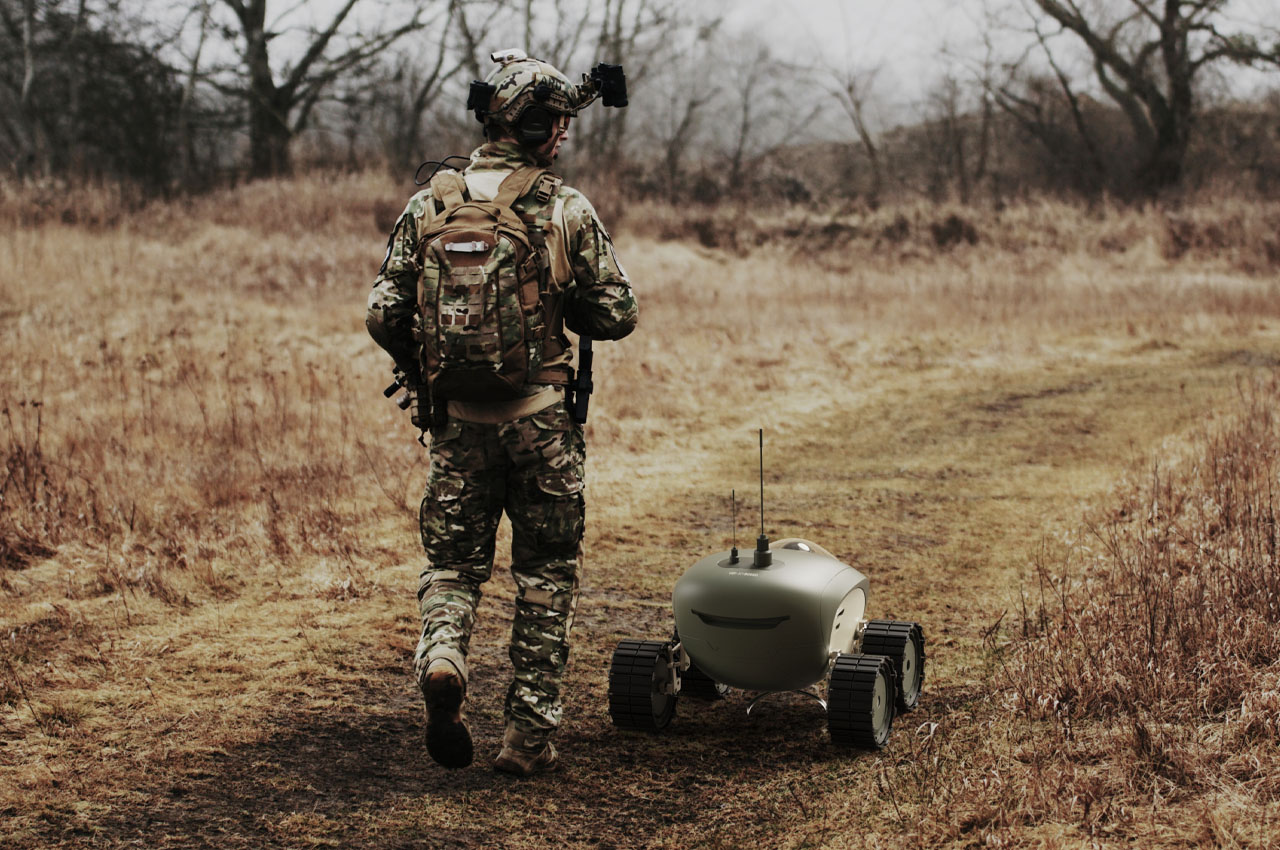
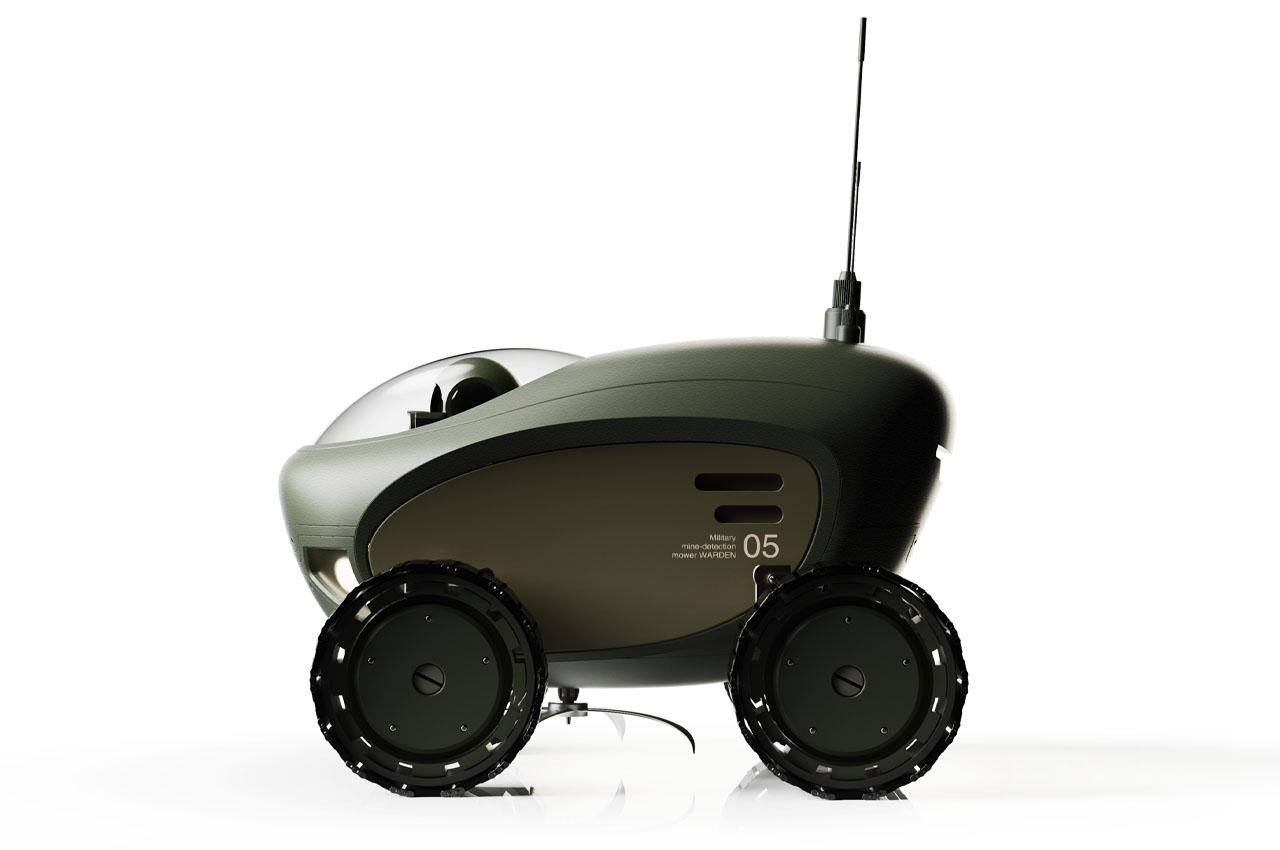
Meet the Warden mine detector proposed as a concept design that safely takes care of identifying potential land mines and marks the area with red paint to keep everyone safe. This creates a quarantined zone for residents and outsiders about the potential threats. Working autonomously to scout any kind of terrain, the smart robotic minesweeper is connected to the cloud at all times to send the real-time data of identified mines, so that they can be updated in relevant online maps and public resources.
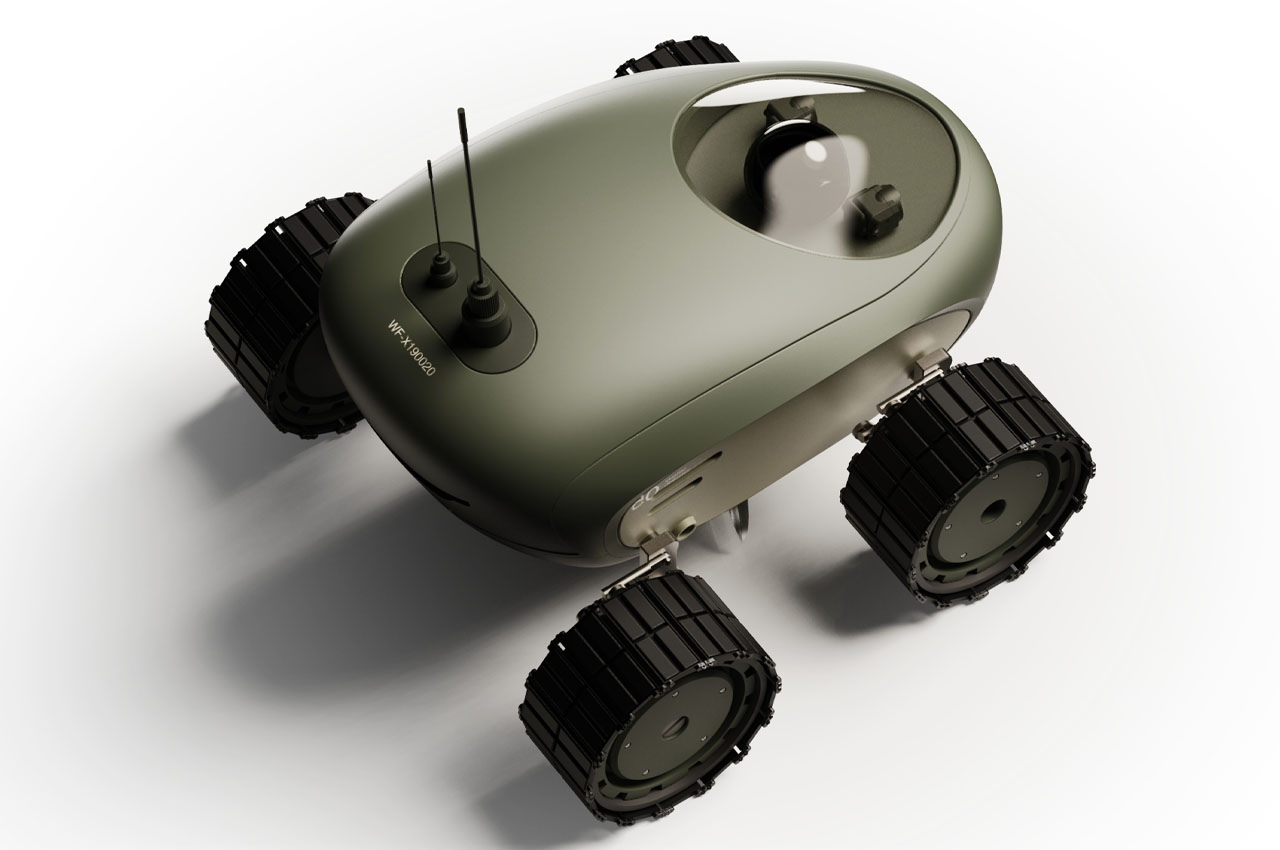
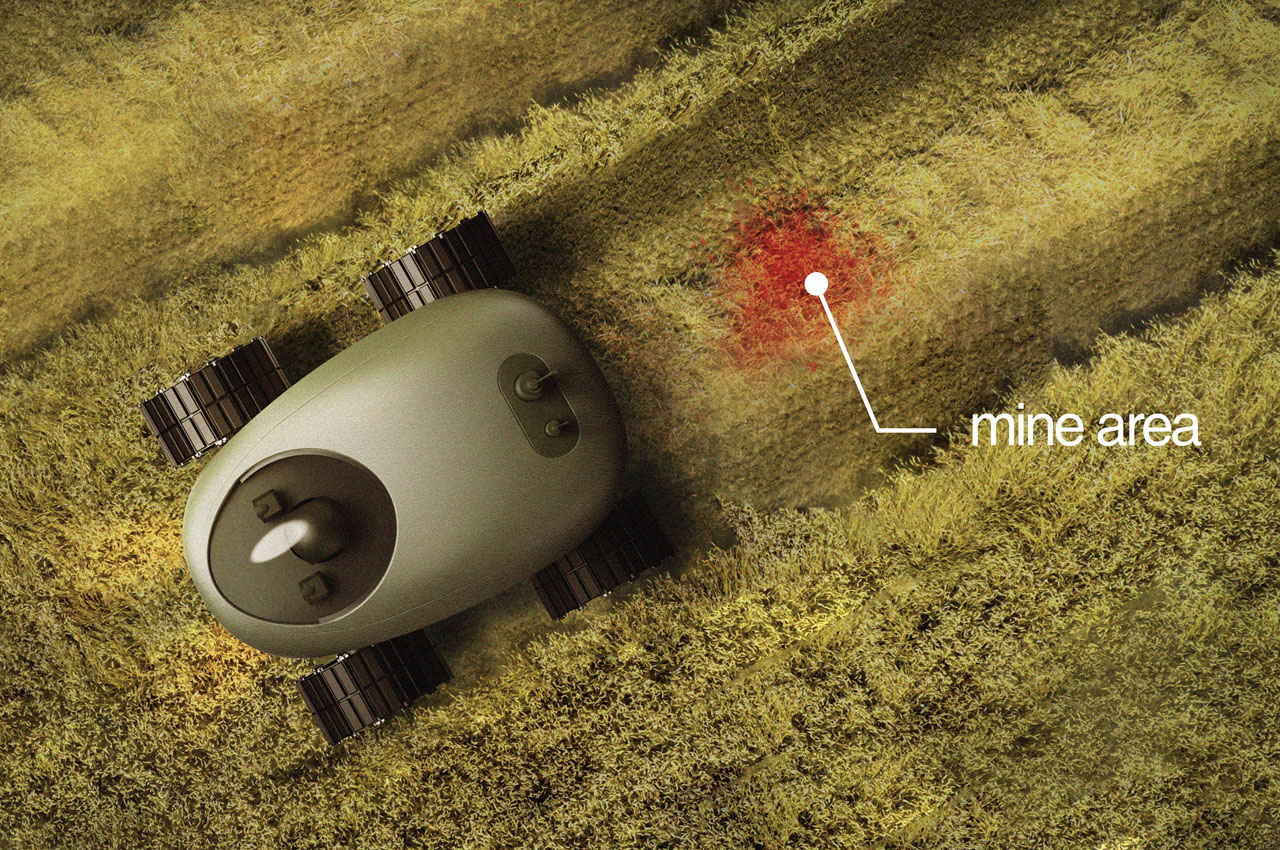
Looking like a rover moving forward on unknown lands, this robot has a high ride height to move swiftly on rocky terrain. The machine is loaded with advanced sensors and a surprising mowing attachment to remove any standing grass or weed. This makes the marked area visible even in the dark hours of the day. When not autonomous, the minesweeper robot can also be controlled by a soldier during wartime scouting.
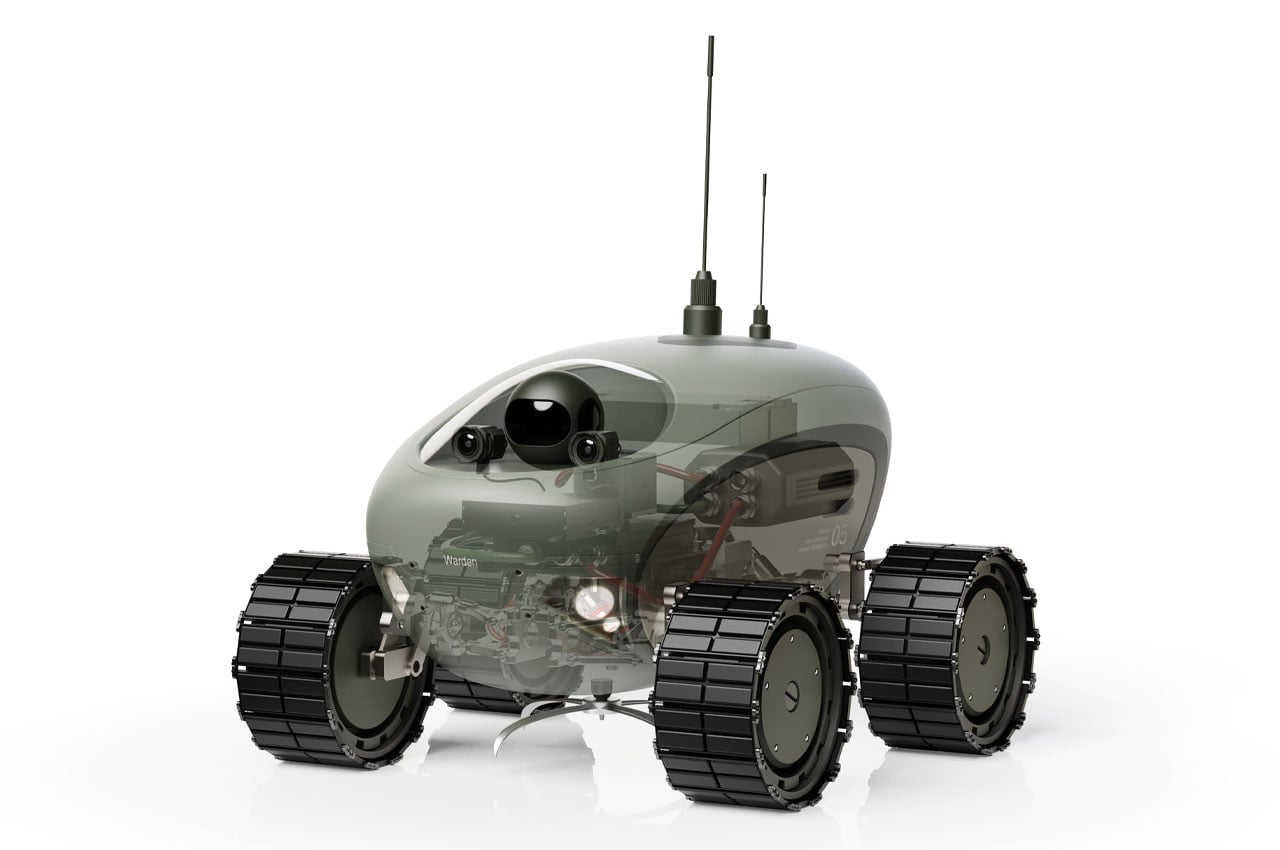
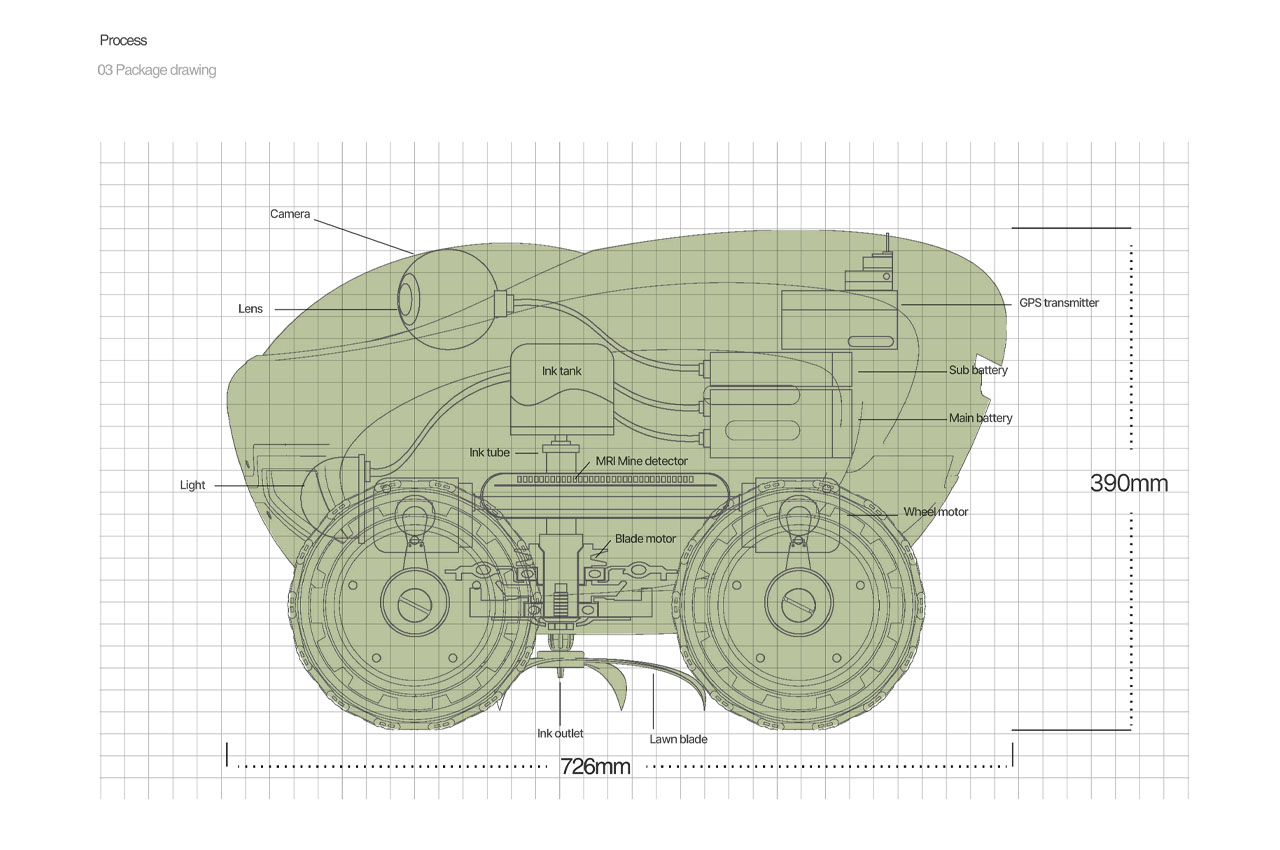
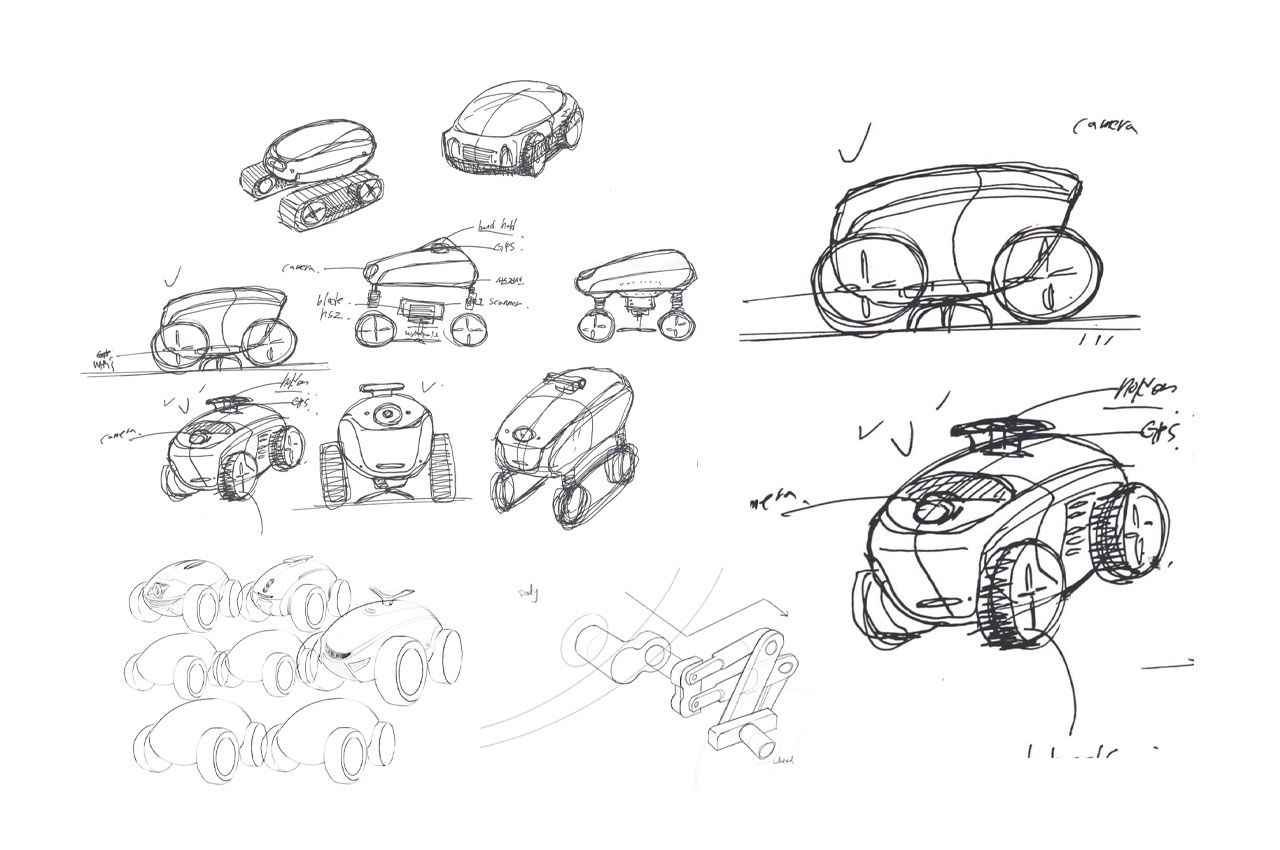
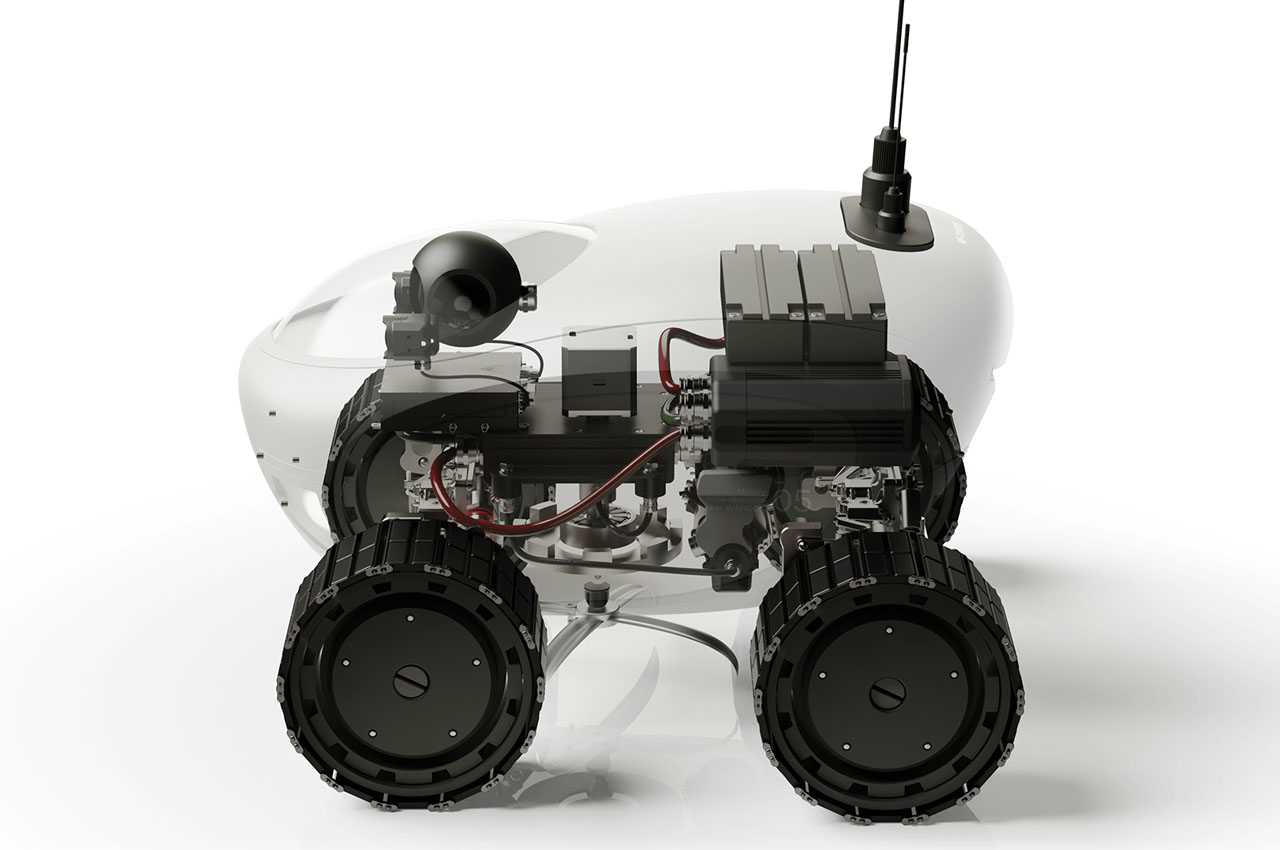
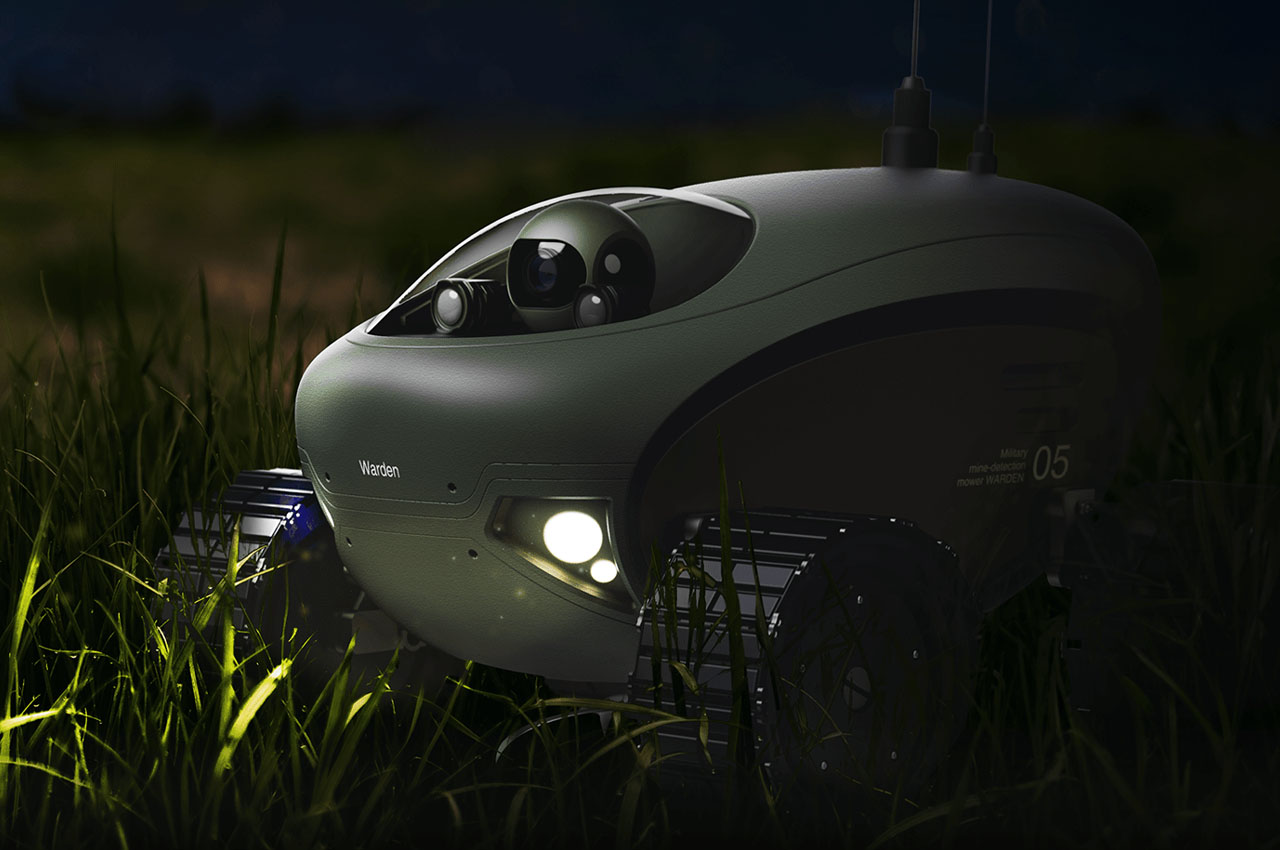
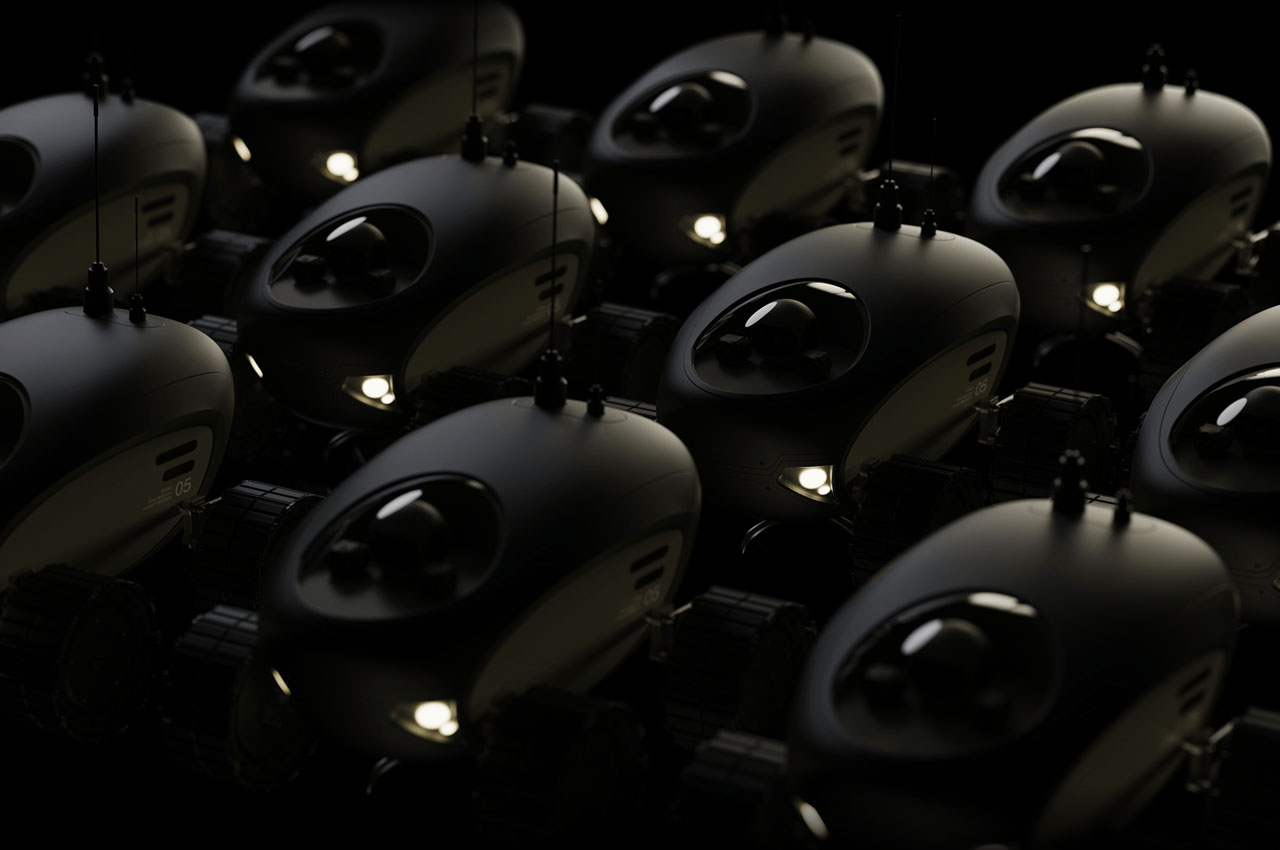
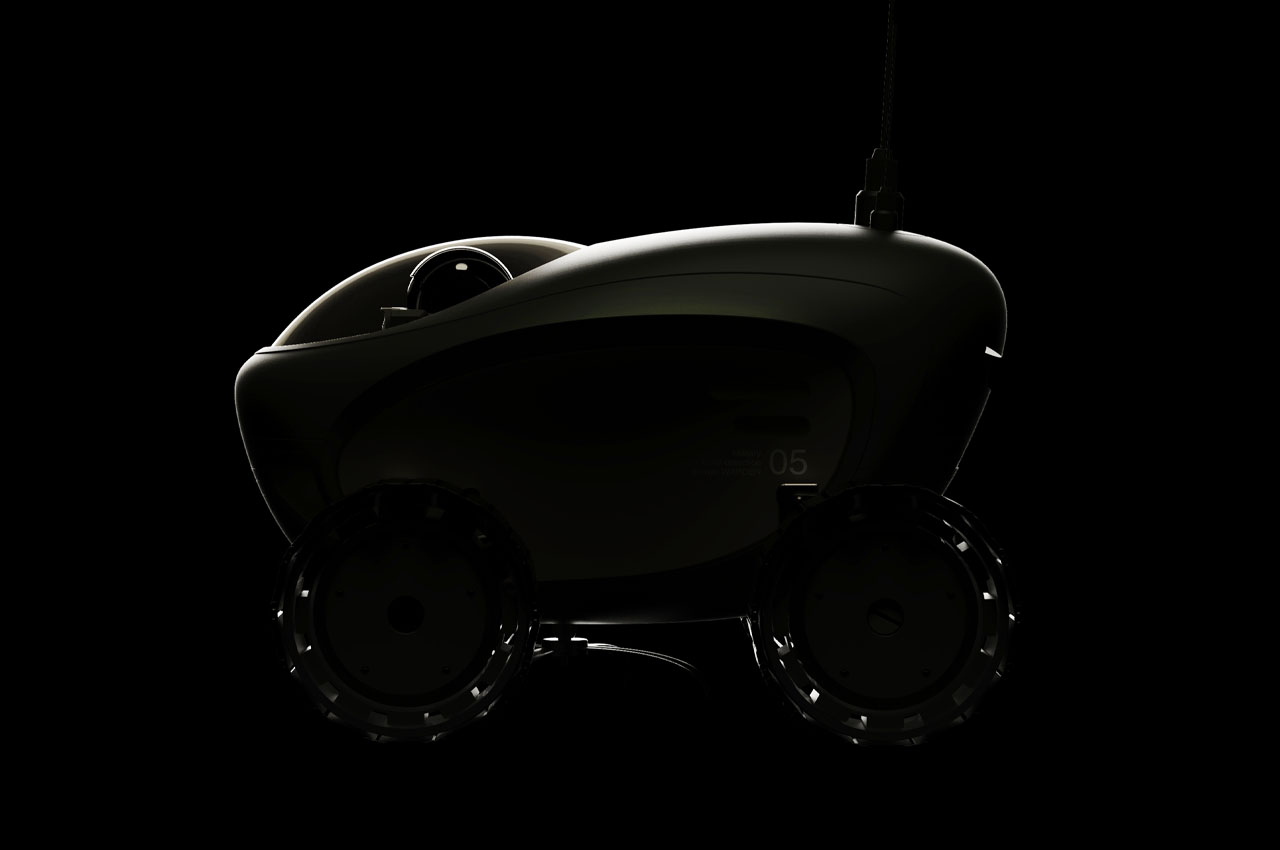
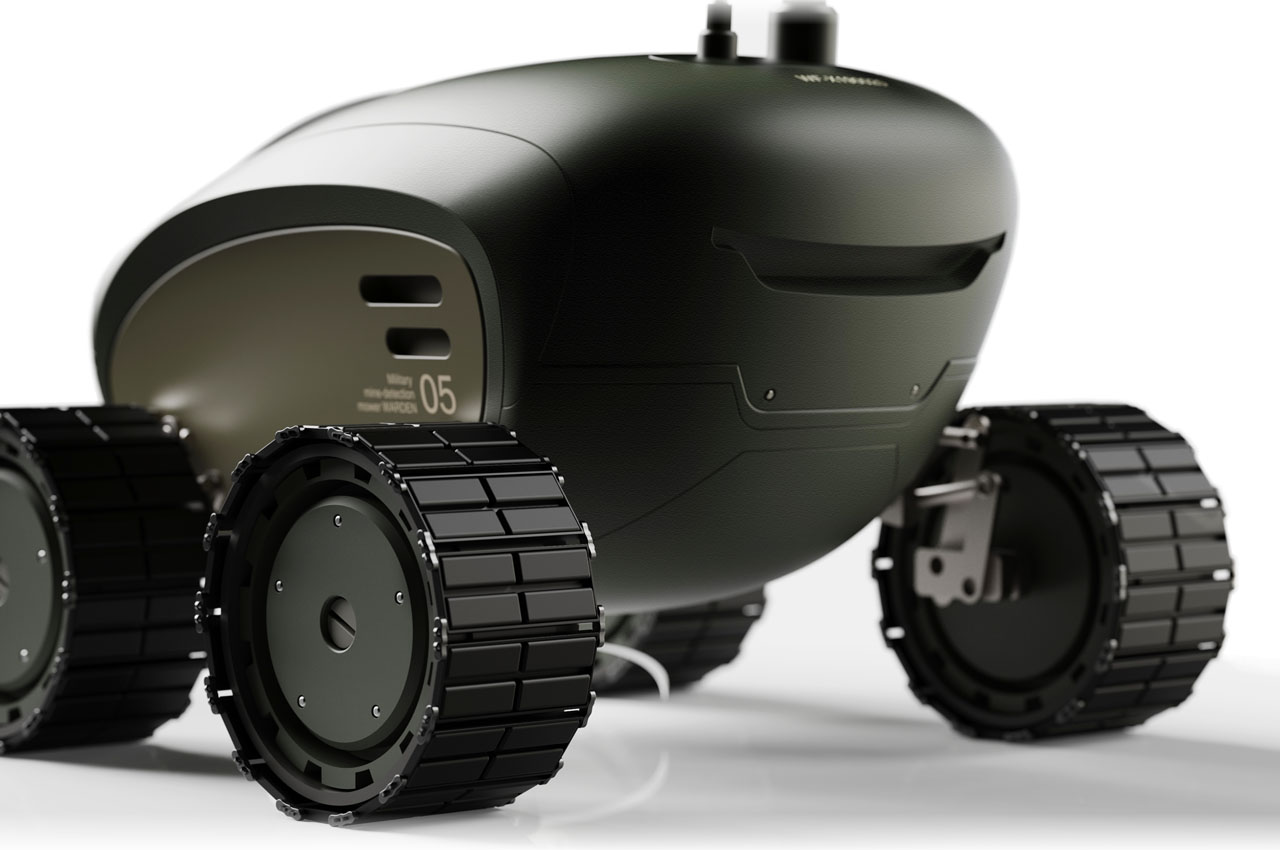
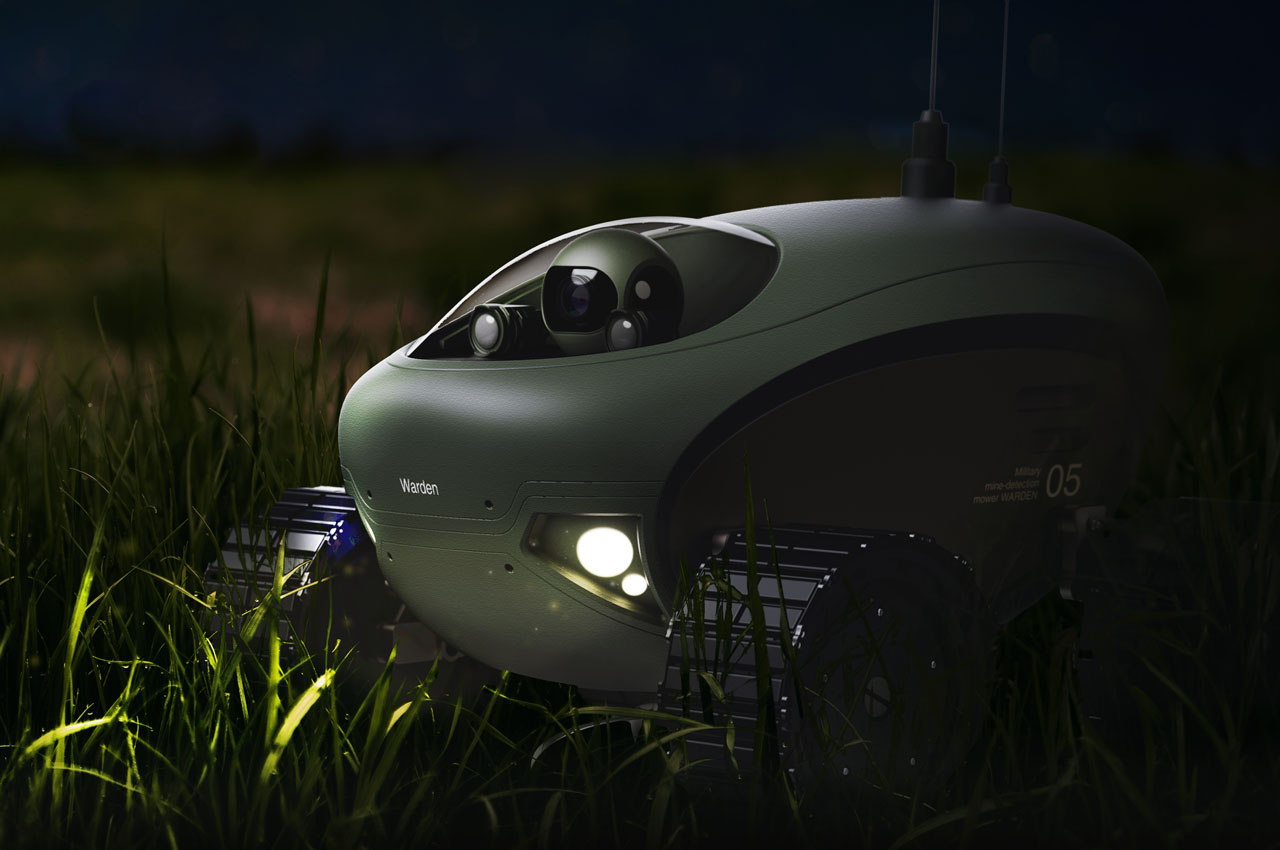
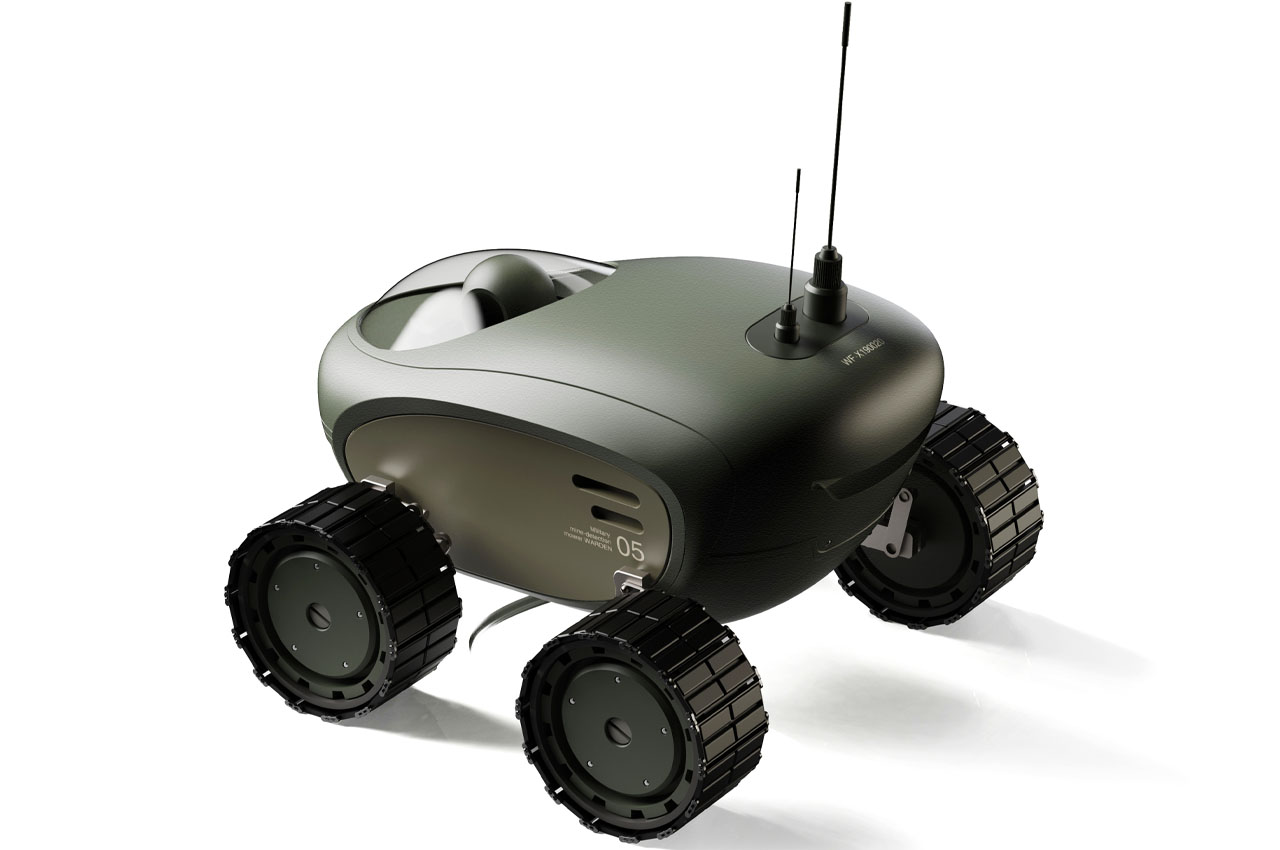
The post This autonomous robot scouts unfriendly terrain for dangerous land mines in warzone and post-conflict regions first appeared on Yanko Design.